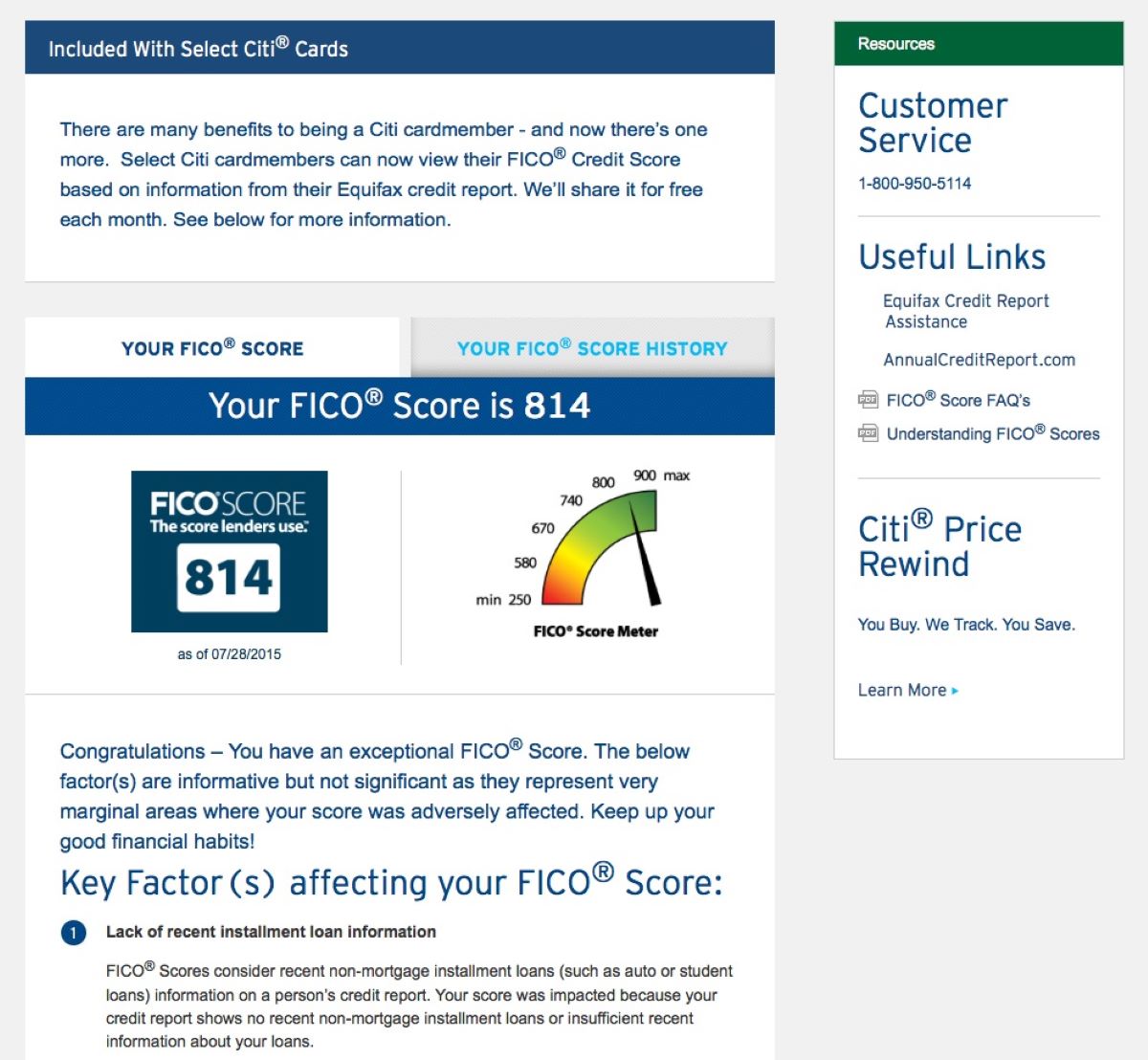

Finance
How Hard Is It To Create A Cryptocurrency
Published: October 4, 2023
Learn how to create your own cryptocurrency in the finance industry. Discover the challenges and complexities involved in this process.
(Many of the links in this article redirect to a specific reviewed product. Your purchase of these products through affiliate links helps to generate commission for LiveWell, at no extra cost. Learn more)
Table of Contents
Introduction
Welcome to the world of cryptocurrencies, where digital currencies are disrupting traditional financial systems and opening up new avenues for financial transactions. The rise of Bitcoin in 2009 ignited a global fascination with cryptocurrencies, and since then, numerous altcoins have emerged, each with their own unique features and purposes.
Creating a cryptocurrency may seem like a daunting task, but with the right knowledge and skills, it is certainly achievable. In this article, we will delve into the process of creating a cryptocurrency and explore the technical, legal, and regulatory considerations that come with it.
Before we jump into the nitty-gritty, let’s first understand what a cryptocurrency actually is. At its core, a cryptocurrency is a type of digital or virtual currency that uses cryptography for security. Unlike traditional fiat currencies, such as the US Dollar or Euro, cryptocurrencies are decentralized and operate on a technology called blockchain.
The blockchain serves as a public ledger that records all transactions made with the cryptocurrency. This decentralized nature eliminates the need for intermediaries, such as banks, and enhances security, transparency, and efficiency.
Now that we have a basic understanding of cryptocurrencies, let’s dive into the process of creating one. Developing a cryptocurrency involves a combination of technical expertise, legal considerations, and compliance with regulatory frameworks. It requires careful planning, implementation, and ongoing maintenance to ensure its successful creation and adoption in the market.
In the next sections, we will explore the technical skills required, legal and regulatory considerations, as well as the challenges and risks associated with creating a cryptocurrency. So, fasten your seatbelt and get ready to explore the exciting world of cryptocurrency creation!
Understanding Cryptocurrency
Before embarking on the journey of creating a cryptocurrency, it is essential to have a solid understanding of how cryptocurrencies work and their underlying principles. A deeper comprehension will enable you to make informed decisions throughout the development process.
As mentioned earlier, cryptocurrencies are digital or virtual currencies that use cryptography for security and operate on a decentralized technology known as blockchain. The blockchain is a distributed ledger that records all transactions made with the cryptocurrency, making it transparent and resistant to fraud.
Unlike traditional fiat currencies issued and controlled by central banks, cryptocurrencies are typically created through a process called mining or minting. Mining involves using computational power to solve complex mathematical problems that validate and secure transactions on the blockchain.
Each cryptocurrency has its own set of rules and protocols governing its creation, supply, and distribution. For example, Bitcoin has a maximum supply of 21 million coins. On the other hand, some cryptocurrencies, like Ripple, have their full supply pre-mined and released gradually over time.
Cryptocurrencies offer several advantages over traditional financial systems. They provide fast and secure transfers with low transaction fees, enabling users to send and receive funds globally without the need for intermediaries. Additionally, cryptocurrencies offer a high degree of anonymity, allowing users to maintain their privacy while conducting transactions.
Furthermore, cryptocurrencies have gained popularity as investment assets as their values can experience significant volatility. Investors can buy and hold cryptocurrencies in digital wallets, hoping to benefit from price appreciation. This speculative nature of cryptocurrencies has attracted a wide range of individuals, including traders, investors, and tech enthusiasts.
It’s important to note that cryptocurrencies are not without their challenges. Volatility, regulatory uncertainty, and security concerns have posed obstacles to their widespread adoption. However, despite these challenges, cryptocurrencies have gained considerable traction and continue to disrupt traditional financial systems.
Now that we have a basic understanding of cryptocurrency, let’s move on to exploring the process of creating one and the technical skills required.
The Process of Creating a Cryptocurrency
Creating a cryptocurrency involves several steps and requires a combination of technical knowledge, design considerations, and implementation. Let’s take a closer look at the process:
- Define the Purpose: The first step is to clearly define the purpose and goal of your cryptocurrency. Determine whether it will be a general-purpose currency or cater to a specific industry or niche.
- Choose a Consensus Mechanism: Select a consensus mechanism that determines how transactions are validated and added to the blockchain. Popular options include Proof-of-Work (PoW) used by Bitcoin or Proof-of-Stake (PoS) used by Ethereum.
- Plan the Token Distribution: Decide on the token distribution model for your cryptocurrency. Consider factors such as total supply, distribution method (e.g., ICO, airdrop, or mining), and allocation to founders, investors, or the community.
- Create the Blockchain: Develop the underlying blockchain infrastructure that will power your cryptocurrency. You have the option to build your own blockchain from scratch or leverage existing blockchain platforms like Ethereum or Binance Smart Chain.
- Design the Cryptocurrency: Design the specifications of your cryptocurrency, including the name, symbol, decimal places, and any additional functionalities like smart contracts or privacy features.
- Implement the Cryptocurrency: Develop the code of your cryptocurrency, including the software for the wallet, blockchain explorer, and any necessary smart contracts. This requires proficiency in programming languages like Solidity, C++, or Python.
- Test and Debug: Thoroughly test your cryptocurrency for any bugs, vulnerabilities, or potential security issues. It is crucial to conduct extensive testing to ensure the stability and integrity of your cryptocurrency.
- Launch and Market: Once you are satisfied with the development and testing, it’s time to launch your cryptocurrency. Create a marketing strategy to promote your cryptocurrency and attract users, investors, and developers to the ecosystem.
Keep in mind that creating a cryptocurrency is not a one-time process. It requires ongoing maintenance, updates, and community engagement to ensure its growth and sustainability.
Now that we have covered the process of creating a cryptocurrency, let’s explore the technical skills required for a successful implementation.
Technical Skills Required
Developing a cryptocurrency requires a range of technical skills to successfully implement the various components and functionalities. Here are some key technical skills that are essential for creating a cryptocurrency:
- Blockchain Development: A solid understanding of blockchain technology is crucial. You need to know concepts such as cryptographic hashing, consensus mechanisms, and smart contracts. Proficiency in programming languages like Solidity, C++, or Python is necessary for blockchain development.
- Smart Contract Development: Smart contracts are self-executing contracts with predefined conditions. Having the ability to create and implement smart contracts is vital as they enable automated and trustless transactions on the blockchain.
- Cryptography: Cryptography plays a significant role in the security of cryptocurrencies. Understanding encryption algorithms, digital signatures, and key management is essential to ensure the integrity and privacy of transactions.
- Networking and Protocols: Knowledge of networking concepts and protocols is important to facilitate the communication between nodes on the blockchain network. Familiarity with concepts like peer-to-peer networking and distributed systems will aid in designing and implementing a robust network infrastructure.
- Security and Auditing: Creating a secure cryptocurrency requires a thorough understanding of security best practices. You should be knowledgeable about common security vulnerabilities, such as double-spending attacks or 51% attacks, and implement appropriate security measures to safeguard the network.
- User Interface (UI) and User Experience (UX) Design: While not directly related to the technical aspects of cryptocurrency development, UI/UX design skills are crucial in creating an intuitive and user-friendly wallet or interface for users to interact with the cryptocurrency.
- Continuous Learning and Adaptability: The cryptocurrency landscape is constantly evolving, so it’s important to stay updated with the latest trends, technologies, and security practices. Having a thirst for continuous learning and adaptability will help you navigate the ever-changing field of cryptocurrency development.
It is important to note that cryptocurrency development is a complex and multidisciplinary field. It often requires collaboration with a team of experts with complementary skills to ensure a successful implementation.
Now that we have explored the technical skills required, let’s move on to the legal and regulatory considerations when creating a cryptocurrency.
Legal and Regulatory Considerations
When creating a cryptocurrency, it is essential to navigate the legal and regulatory landscape to ensure compliance and avoid running afoul of the law. Here are some key considerations to keep in mind:
- Jurisdictional Requirements: Different countries have varying regulations concerning cryptocurrencies. It is important to research and understand the legal requirements in the jurisdiction where you plan to operate. Some countries have embraced cryptocurrencies, while others have imposed strict regulations or even banned them outright.
- Know Your Customer (KYC) and Anti-Money Laundering (AML): Many jurisdictions require cryptocurrency projects to implement KYC and AML measures to prevent illicit activities such as money laundering and terrorist financing. It may be necessary to collect identification documents and verify the identity of users of your cryptocurrency platform.
- Securities Regulations: If your cryptocurrency involves tokenized securities or investment opportunities, you may need to comply with securities regulations. This may involve registering your project with relevant regulatory authorities or ensuring that your offering qualifies for exemptions.
- Taxation: Cryptocurrency transactions can have tax implications. It’s important to understand the tax obligations, such as capital gains tax or income tax, that may apply to your cryptocurrency project and its users. Consultation with tax professionals may be necessary to ensure compliance.
- Intellectual Property: Consider protecting your cryptocurrency project’s intellectual property, including trademarks, copyrights, or patents. This can safeguard your brand identity and prevent others from using your technology or name without authorization.
- Consumer Protection: Implement measures to protect the interests of users and investors. This can include transparent disclosures, clear terms and conditions, and ensuring the security of funds and personal information.
- International Regulations: If your cryptocurrency project aims to operate globally, you will need to consider the legal and regulatory requirements of various jurisdictions. This may involve compliance with cross-border financial regulations, data privacy laws, and international sanctions.
It is strongly recommended to seek legal counsel from professionals with expertise in cryptocurrency regulations to ensure compliance with applicable laws. Engaging with regulatory bodies and staying informed about ongoing developments in the regulatory landscape can also help mitigate legal risks.
Now that we have explored the legal and regulatory considerations, let’s move on to the factors that can impact the difficulty of creating a cryptocurrency.
Factors Impacting Difficulty
Creating a cryptocurrency is a complex process influenced by various factors that can impact the difficulty and success of your venture. Here are some key factors to consider:
- Technical Complexity: The technical complexity involved in creating a cryptocurrency can vary depending on the features and functionalities you want to incorporate. Developing a basic cryptocurrency with a simple blockchain and token may be less challenging compared to creating a more advanced platform with smart contracts and advanced consensus mechanisms.
- Competitive Landscape: The cryptocurrency market is highly competitive, with numerous existing cryptocurrencies and new ones continuously entering the scene. Standing out from the crowd and gaining traction can be challenging, especially if there are similar projects already in existence.
- Financial Resources: The availability of financial resources can significantly impact the development of your cryptocurrency. Adequate funding is necessary to cover the costs of development, marketing, legal compliance, and ongoing maintenance. Lack of financial resources can hinder progress and limit your ability to compete in the market.
- Market Demand and Adoption: The success of a cryptocurrency depends on its demand and adoption by users and investors. Building a strong community, attracting users, and achieving widespread adoption can be challenging, especially in a saturated market. Effective marketing and creating a compelling use case can help drive demand and adoption.
- Regulatory Environment: The regulatory environment surrounding cryptocurrencies can impact the difficulty of creating and operating a cryptocurrency. Navigating the legalities and complying with regulations can be challenging, especially in jurisdictions with strict or ambiguous regulations. Staying updated with evolving regulations and adapting to changes is crucial.
- Security Considerations: Building a secure cryptocurrency is vital to gain user trust and protect against potential vulnerabilities or attacks. Implementing robust security measures and conducting thorough security audits can be challenging, but it is necessary to ensure the integrity and safety of your cryptocurrency and its users.
- User Experience: Creating a user-friendly and intuitive experience is crucial for the success of your cryptocurrency. Investing in UI/UX design to create a seamless and engaging user interface can be challenging but essential to attract and retain users.
It’s important to carefully consider these factors and plan accordingly to increase your chances of success in creating a cryptocurrency. Being aware of the challenges and adapting your strategies can help overcome the difficulties and create a cryptocurrency that stands out in the market.
Now that we have explored the factors impacting the difficulty, let’s move on to discussing the challenges and risks associated with creating a cryptocurrency.
Challenges and Risks
Creating a cryptocurrency comes with its fair share of challenges and risks. It is important to be aware of these challenges and develop strategies to mitigate the associated risks. Let’s take a look at some of the common challenges and risks:
- Technical Complexity: The technical complexity involved in creating a cryptocurrency can be daunting. Developing a secure and scalable blockchain, implementing smart contracts, and ensuring proper functionality can pose significant challenges. Technical expertise and thorough testing are crucial to overcome this challenge.
- Security Vulnerabilities: Cryptocurrencies are attractive targets for hackers and malicious actors. Security vulnerabilities in the code or network can lead to hacks, thefts, or manipulation. Implementing robust security measures, conducting regular security audits, and staying updated with the latest security practices are essential to mitigate such risks.
- Regulatory Uncertainty: The regulatory landscape for cryptocurrencies is evolving and often unclear. Changing regulations, legal ambiguities, and compliance requirements can pose challenges for cryptocurrency creators. It is crucial to stay informed about regulatory developments and actively seek legal counsel to navigate this complex landscape.
- Market Volatility: Cryptocurrencies are known for their high volatility, which poses risks for both creators and users. Fluctuations in market prices can impact the viability and perceived value of your cryptocurrency. Managing this volatility and building trust and stability in the market can be a significant challenge.
- Competition and Adoption: The cryptocurrency market is highly competitive, with numerous projects vying for user and investor attention. Gaining market adoption and standing out from competing cryptocurrencies can be challenging. Building strong partnerships, effective marketing, and offering unique features or use cases are crucial to overcome this challenge.
- User Trust and Perception: Users’ trust in a cryptocurrency is paramount. Building trust requires transparent communication, reliable development, and demonstrating value and utility. Overcoming negative perceptions associated with cryptocurrencies, such as their potential for illicit use or their association with scams, can also be a challenge.
- Scaling and Network Congestion: As the popularity and user base of a cryptocurrency grow, scalability becomes a challenge. Ensuring that the blockchain can handle increased transactions and maintaining network performance can be difficult. Implementing efficient scaling solutions and addressing network congestion are important considerations.
While these challenges and risks exist, they can be mitigated with careful planning, thorough research, continuous learning, and collaboration with experts and professionals in the field. Flexibility, adaptability, and a proactive approach will help navigate the ever-changing landscape of cryptocurrency creation.
Now that we have discussed the challenges and risks, let’s conclude our exploration of creating a cryptocurrency.
Conclusion
Creating a cryptocurrency is an exciting and challenging endeavor that requires a combination of technical expertise, legal compliance, and adaptability. While it may seem daunting, with the right knowledge and skills, it is certainly achievable.
Throughout this article, we have explored the process of creating a cryptocurrency, from understanding the fundamentals of cryptocurrencies to the technical skills required for development. We have also discussed the legal and regulatory considerations, the factors impacting the difficulty, and the challenges and risks associated with creating a cryptocurrency.
Developing a successful cryptocurrency requires careful planning, adherence to regulatory frameworks, robust security measures, and a compelling use case that resonates with users and investors. The competitive market demands continuous innovation, effective marketing, and the ability to navigate changing regulations.
While there are challenges and risks involved, being aware of them and taking proactive measures to mitigate them can increase your chances of success. Seeking legal counsel, staying updated with the latest industry trends, and collaborating with experts can help overcome obstacles along the way.
Creating a cryptocurrency is not just about developing a technological infrastructure; it is about building a thriving ecosystem that attracts users, fosters trust, and drives adoption. With the right combination of technical prowess, strategic planning, and community engagement, you can create a cryptocurrency that leaves a mark in the financial world.
Remember, persistence, continuous learning, and adaptability are key in this ever-evolving landscape. So, embrace the challenges, navigate the complexities, and embark on the journey of creating your own cryptocurrency!














